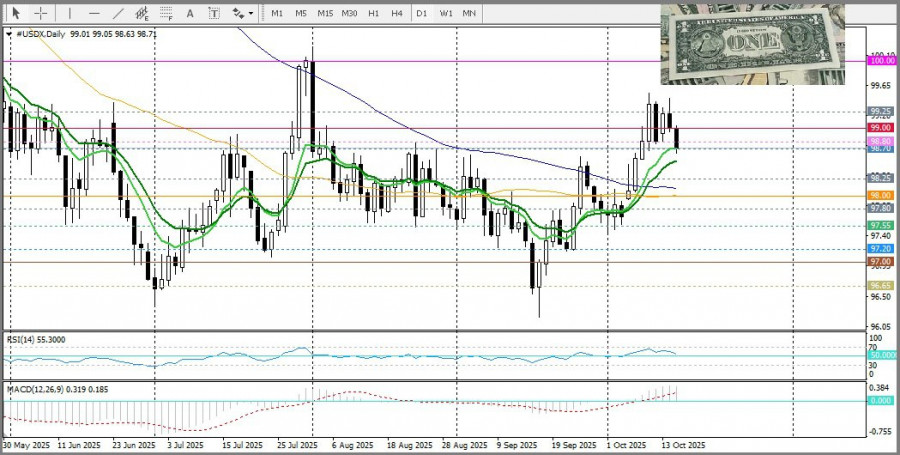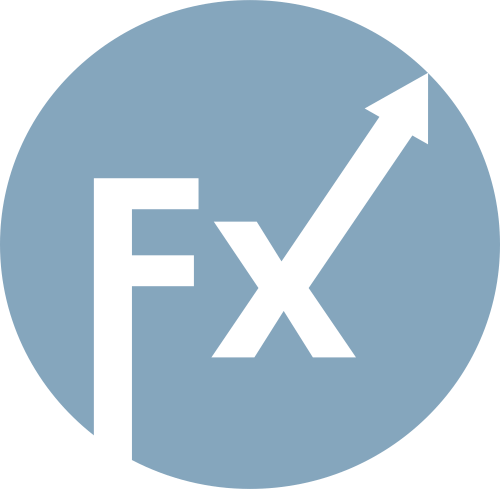On Wednesday, the Japanese yen was rising amid a general weakening of the US dollar.

Tensions surrounding trade tariffs escalated on Tuesday after China announced new special port fees for American vessels arriving at Chinese ports. This move came alongside tightened Chinese export restrictions on rare earth metals and threats from U.S. President Donald Trump to raise tariffs on Chinese goods to 100%.
In addition, Trump threatened to halt trade with China on several goods, including cooking oil, and responded to China's decision to stop purchasing American soybeans. These developments have raised concerns about a further escalation in the trade conflict between the world's two largest economies—a scenario that favors safe-haven assets like the yen.
According to media reports, Trump has considered the option of deploying U.S. Tomahawk missiles to Ukraine as a way to pressure Russian President Vladimir Putin into negotiations. This has further fueled geopolitical risk sentiment, thereby increasing demand for the Japanese yen.
Last week, the U.S. Senate failed to pass a Republican-supported funding bill intended to end the partial federal government shutdown that began on October 1. As a result, the shutdown has entered its third week, with no clear resolution in sight.
On the Japanese political front, the unexpected collapse of the Liberal Democratic Party (LDP)–Komeito coalition last week created uncertainty. Newly elected LDP leader Sanae Takaichi will need support from other parties to be confirmed as Japan's first female prime minister and to advance her policy agenda.
Adding to the complexity, according to Kyodo News, Japan's parliamentary committee failed to reach an agreement on voting procedures to elect the new prime minister, originally scheduled for October 21. This political uncertainty could hinder the Bank of Japan's efforts to raise interest rates and put pressure on the yen. Still, markets are increasingly pricing in the possibility of additional tightening measures by the BoJ later this year—an outlook that sharply diverges from the more dovish expectations surrounding the U.S. Federal Reserve.
CME Group's FedWatch Tool shows that markets have fully priced in a 25-basis-point rate cut by the Fed in October, and a 90% probability of another in December. This continues to weigh on the U.S. dollar and pulls the USD/JPY pair lower.
From a technical standpoint, a firm break and close below the round 151.00 mark would confirm a bearish scenario and target the psychological support zone around 150.00, with an interim halt at 150.70.
On the other hand, any intraday recovery above the 151.65–151.75 range would likely face resistance near the 152.00 level. A move beyond this would attract some sellers around the 152.25–152.30 region, with further resistance in the 152.65–152.70 zone. A sustained breakout above that range would shift momentum back in favor of the bulls.

RYCHLÉ ODKAZY